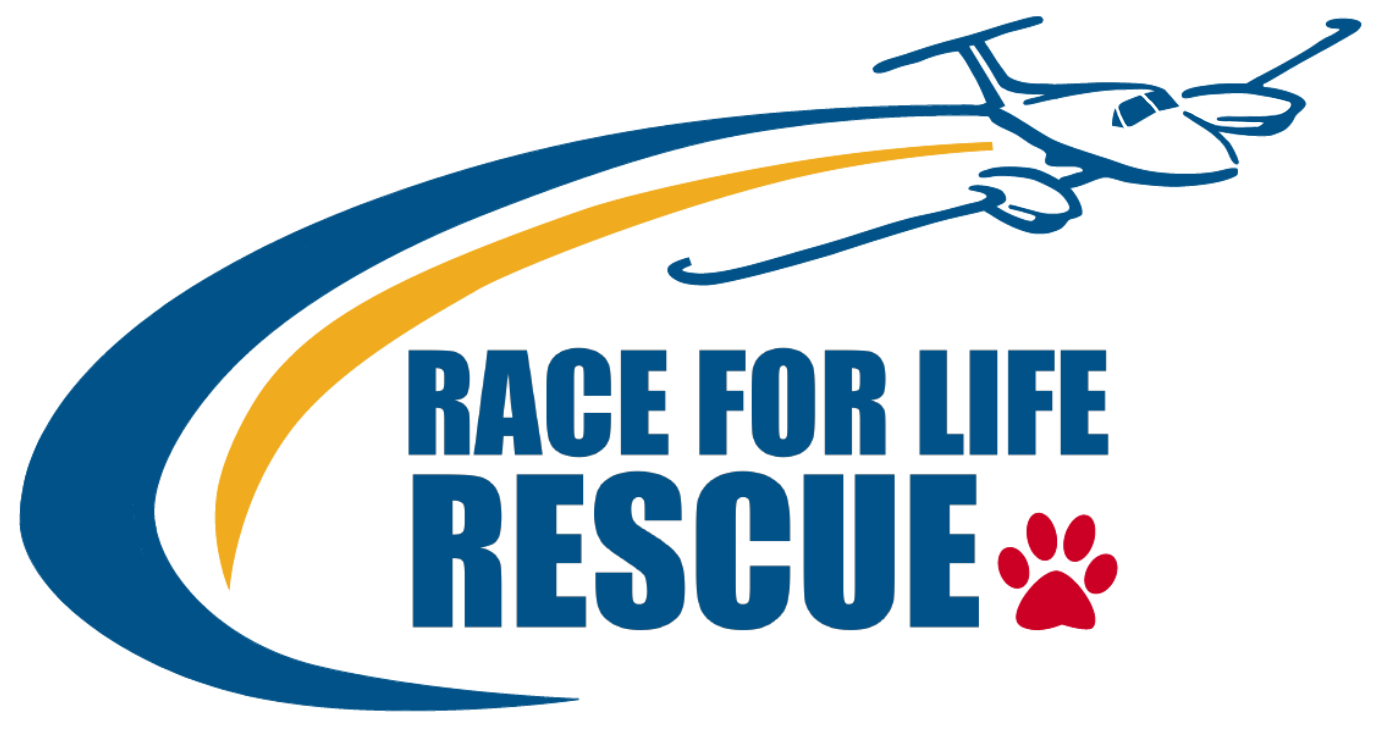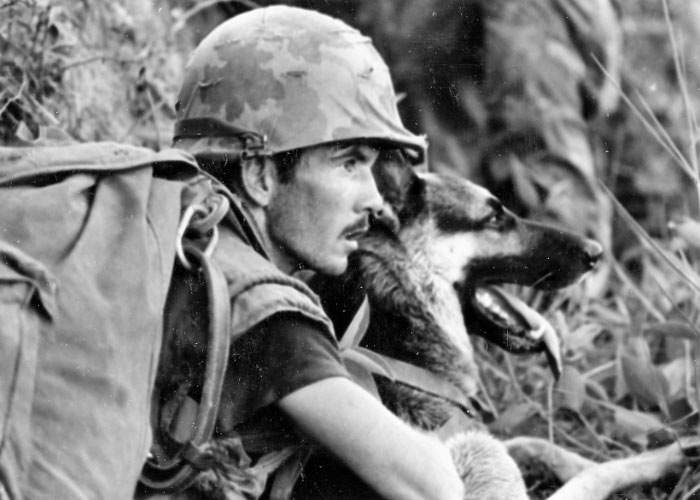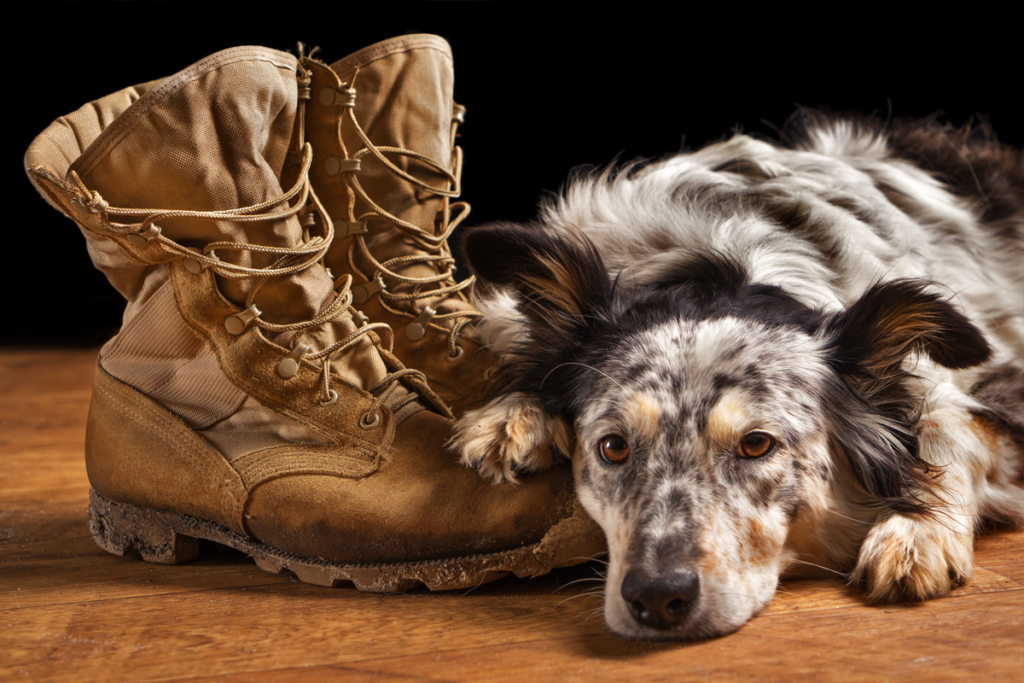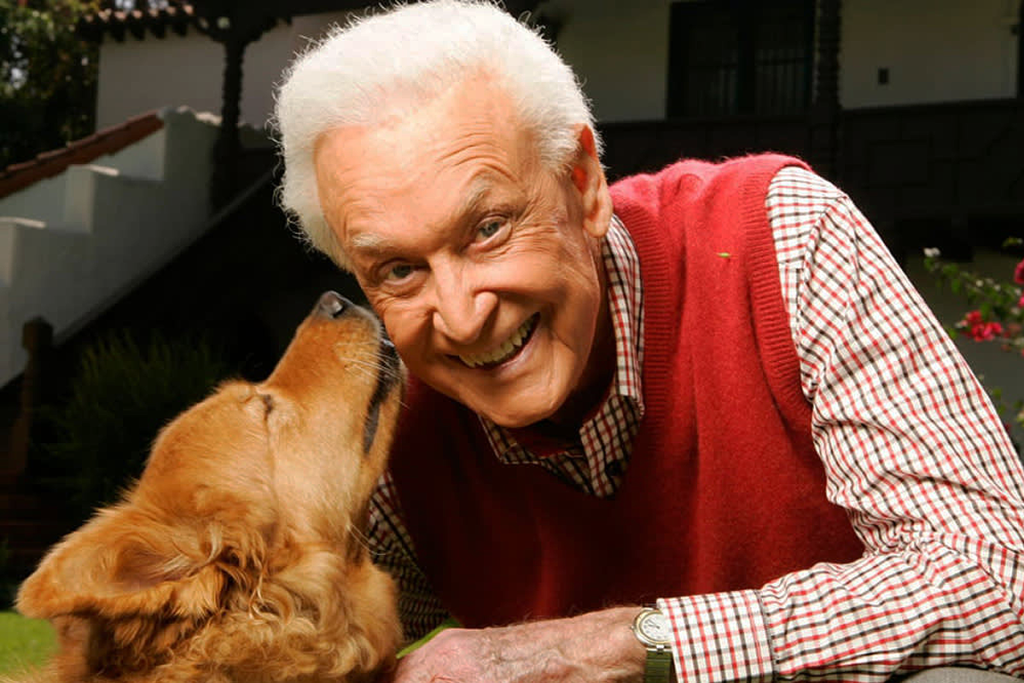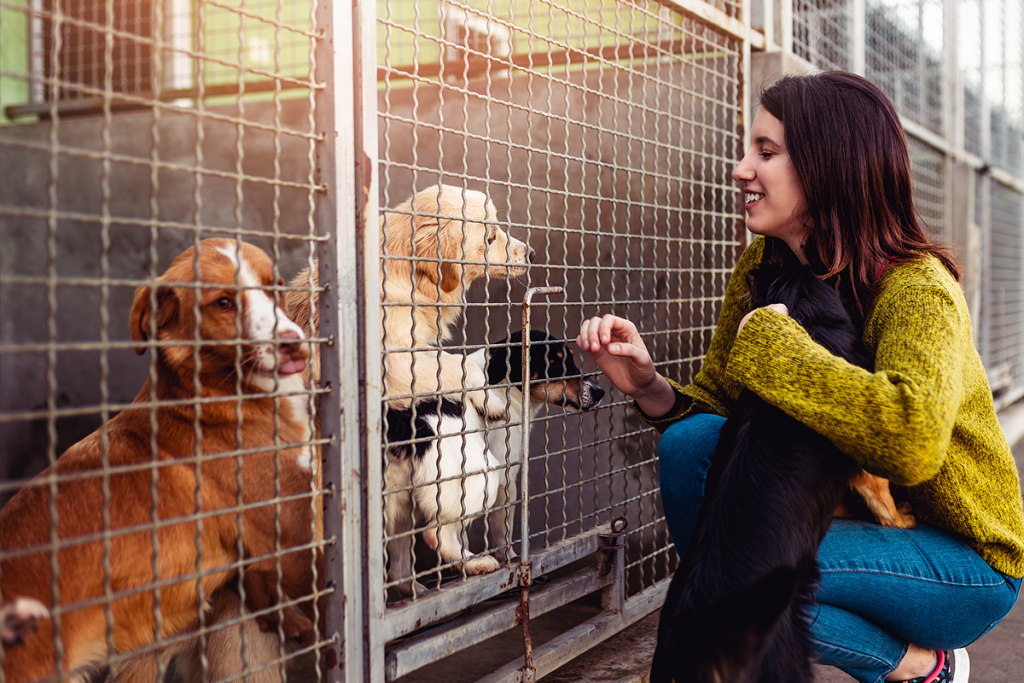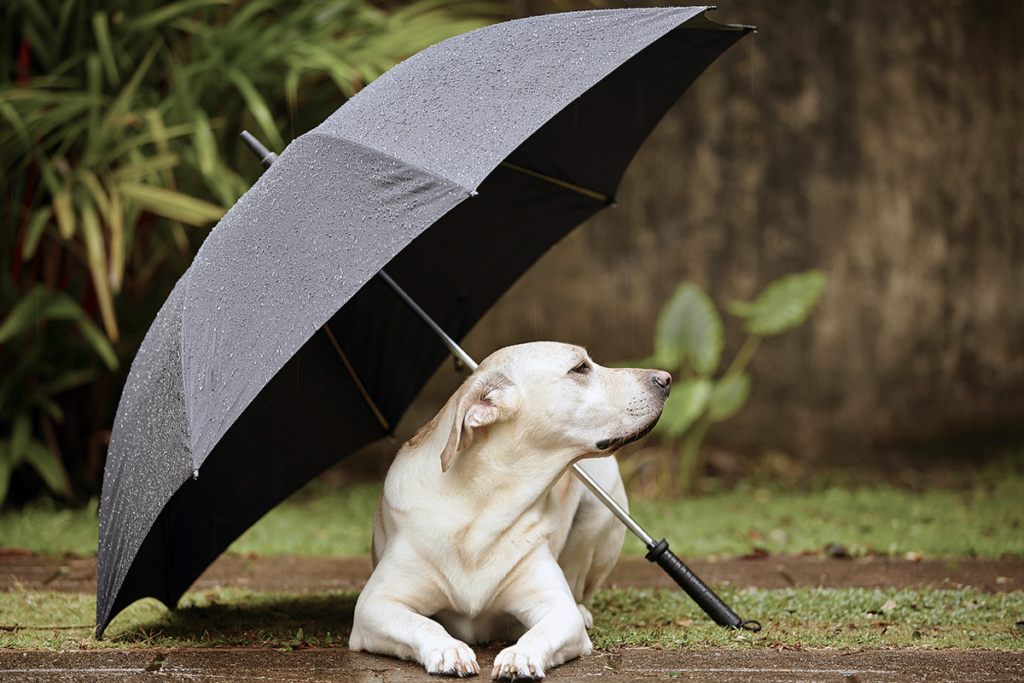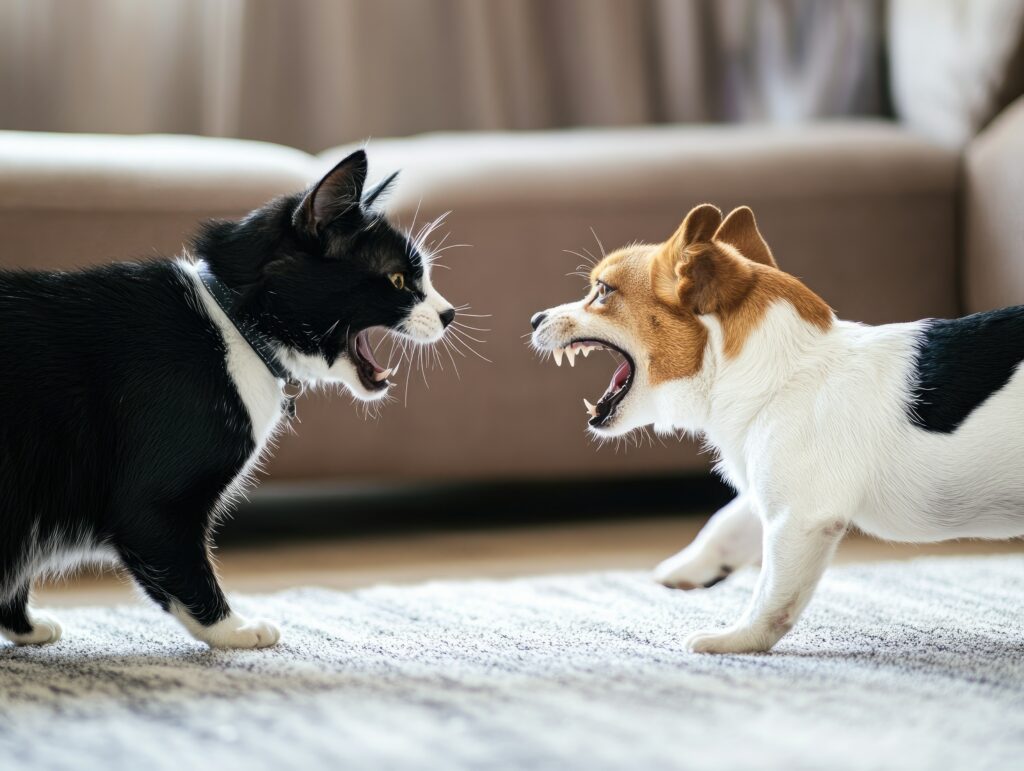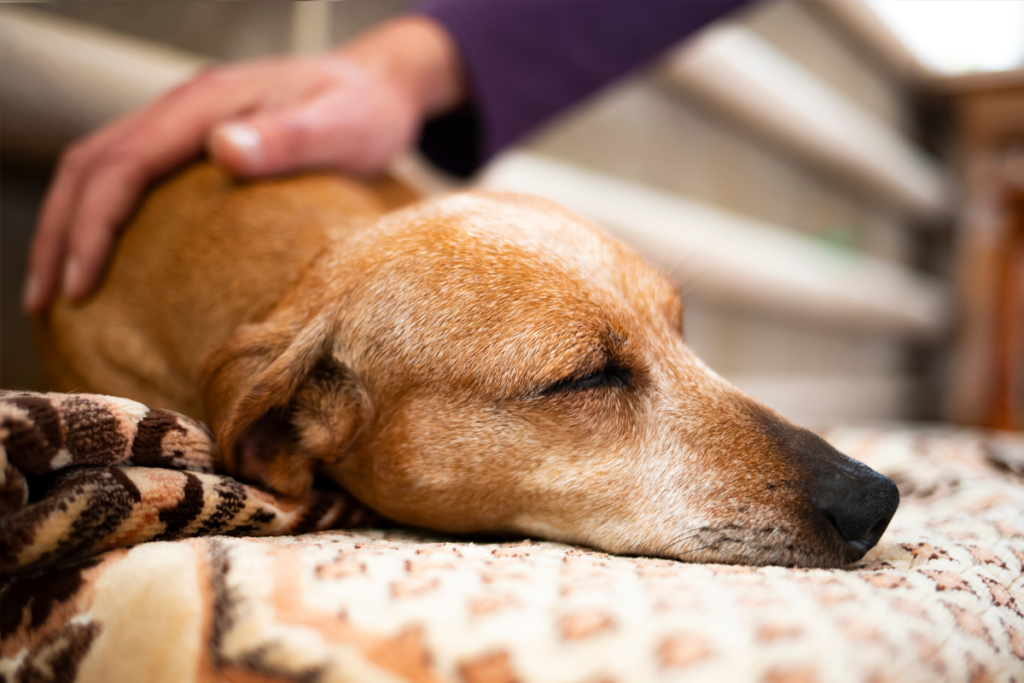The effects of war are far reaching, and its scars everlasting. Each year, on Memorial Day, we acknowledge and honor the men and women who died while serving in the U.S. military. Although it originated in the aftermath of the Civil War, there have sadly been a handful following wars conflicts that took the lives of many American soldiers, but not just the men and women we commemorate, there are other brave souls who not only laid down their life, but were also left behind.
During the Vietnam war, 5,000 war dogs served in battle and almost all of them remained there when their fellow troops returned home. Trained as sentry, scout and tracking animals, they displayed an uncanny ability to sniff out danger and offered vital support to their human handlers, lowering the American death toll by 10,000…only to be abandoned when their duties were fulfilled.
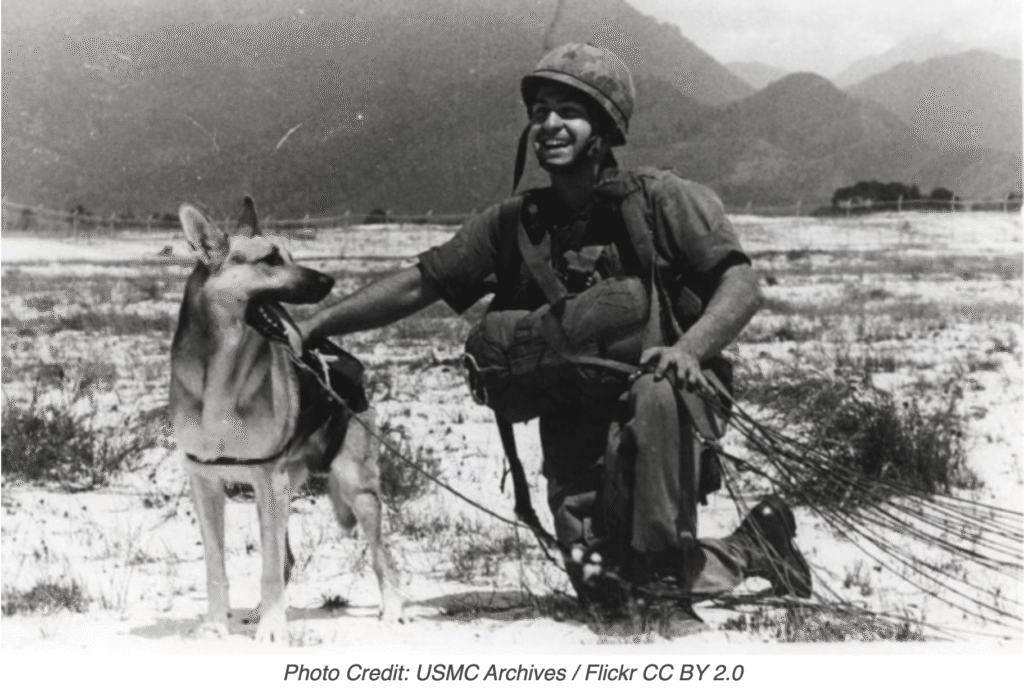
The dogs that served in the Vietnam War certainly weren’t the first, as canines have been used in combat throughout history. It was during the Second World War that the Americans officially began training them for military purposes outside of delivering messages on the battlefield. From 1943 through 1945, the U.S. Marine Corps trained those that had been donated to the war effort for use in the Pacific Theater. While all breeds were eligible, the Doberman Pinscher was the official Marine dog.
Their implementation was considered a success, so when the Vietnam War broke out, the US military, yet again, put together K9 units. Numbers prior to 1968 don’t exist, but between then and the end of the conflict, 5,000 dogs were put into service, with approximately 10,000 servicemen working as their handlers. Unlike the troops who finished their tours and returned Stateside, these animals remained in Vietnam.
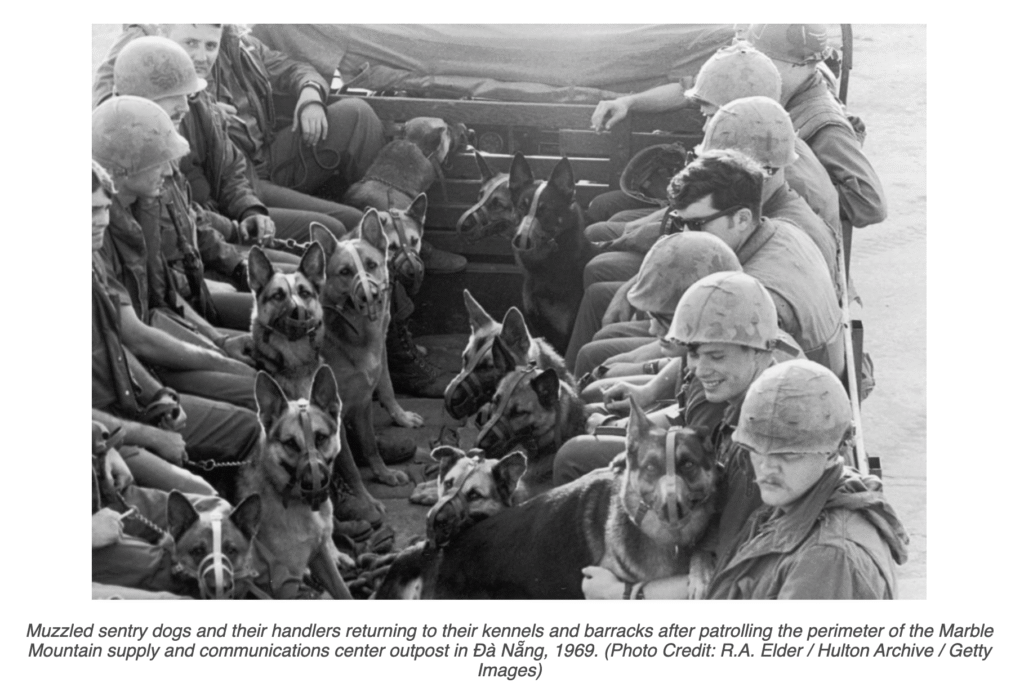
One breed of dog used in Vietnam was the Labrador Retriever, which served mainly in tracker roles. Their training meant they could alert their handlers to snipers, tripwires and weapons caches. Rick Claggett, a veteran of the war, explained that they were excellent at following blood trails. If troops were looking for injured enemies or missing personnel, the Lab teams, made up of the dog, its handler, a cover man, the team leader and a visual tracker, were called.
Labs were picked specifically over other tracking dogs, like Beagles and Bloodhounds, because they were significantly quieter than these other breeds.
The Australian military, who also participated in the Vietnam war, created their own K9 units made up of 11 shelter dogs adopted from Sydney. Named after Roman emperors, they were expected to serve in Vietnam for three years. Although it seems that they also served with U.S. troops to a degree, it was certainly German Shepherds that made up the bulk of the Australian war dog team.
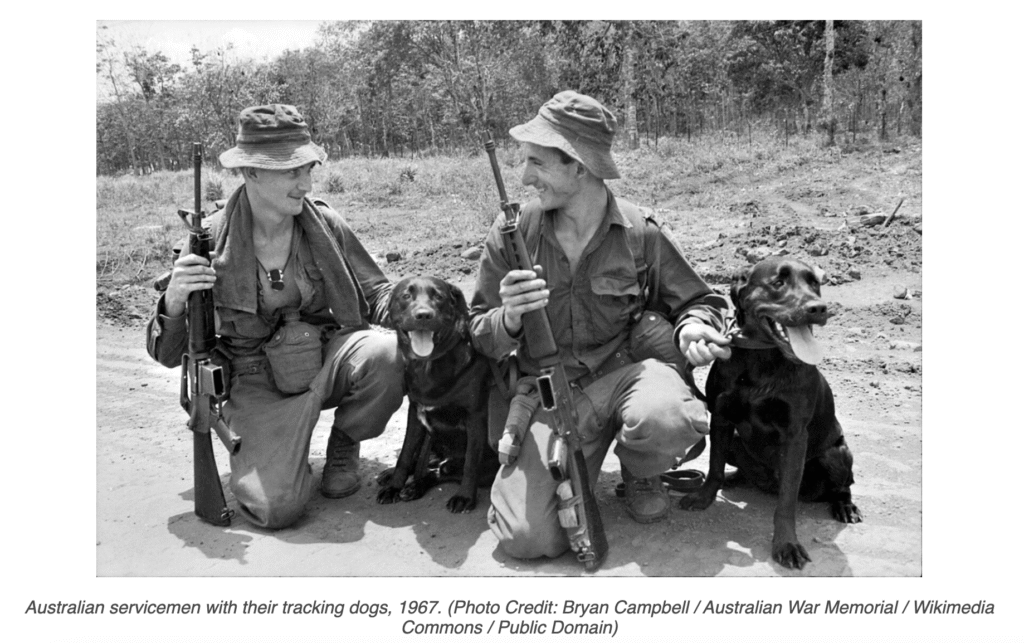
The bonds forged between these partners were truly remarkable. There are many stories of this, with perhaps none more famous than that of Nemo A534 and his handler, Capt. Robert Throneburg.
On December 4, 1966, while stationed at Tan Son Nhut Air Base, the Viet Cong attacked. During their patrol, Nemo alerted Throneburg to a group hidden nearby. The pair attacked, killing two enemy fighters, but were soon injured themselves. Nemo was shot under his right eye, with the bullet exiting through his mouth, while Throneburg was shot through his left shoulder twice.
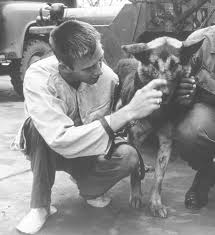
Despite being seriously injured, the dog crawled onto his handler’s body, where he waited until medics could arrive – he wouldn’t let anyone else near him. Throneburg received the Bronze Star with V and two Purple Hearts, while Nemo was retired and sent back to the United States, where he served as a recruiting dog until his death.
These dog/handler teams were invaluable to the war effort in Vietnam. They were credited with saving the lives of around 10,000 servicemen, thanks to their various roles in the conflict. James Mulligan handled scout dog Rickey, who “never walked our patrol into an ambush or any booby traps. He alerted on 45 ambushes, five in one day.”
While these actions were appreciated by the men that served alongside them, these dogs weren’t made a priority when the war came to an end. Of the roughly 5,000 that served, around 232 were killed in action (KIA) and another 200 were assigned to posts outside of the US. The remainder were either left in the hands of the Vietnamese or abandoned. At least 2,000 were simply euthanized.
The US government viewed them as “equipment” and didn’t want to fund their trips home. Having built such strong bonds, many soldiers wanted to bring their comrades back to the US with them, but were still told no, despite repeated appeals to Congress and the press.
U.S. Air Force A2C George M Bevich Jr. and his dog, Rex, were killed defending their base on December 4, 1966. This remembrance was left on his Wall of Faces by a comrade, Fred Cobb.
“George, I remember you today as well as I did when I met you at Lackland AFB, Tx when we were on our way to Viet Nam. I remember how we all got off the plane in Hawaii with our dogs and took them out on the ramp eventhough the government told us they had to remain on the plane. Everything for our dogs. All of us talked about dying in Viet Nam but I don’t think any of us thought one of us would. We knew that, unlike other soldiers, we at least had our dog with us so we would never be alone. I was shocked when I heard that you had been killed during the attack on your base in Siagon. I belong to an organization today that honors the Viet Nam dog handlers. You are a member of that organization and your name is on our honor roll. We talk about you all the time. I laugh at some of the things we all did. We were all so young. I know you have a son and I know that he had to be very proud of you. I know all your dog handler friends are. You will never be forgotten. Some day, I’ll be in heaven with you and we can once again walk our dogs.”
Although they were left behind, they were clearly not forgotten. On June 10, 2006, the United States War Dog Memorial was unveiled in Holmdel, NJ. A bronze statue of a kneeling Vietnam War soldier and his guard the gateway of the New Jersey Vietnam Veterans’ Memorial.

Many organizations and individuals have dedicated themselves to honoring these canine heroes, ensuring their contributions are not forgotten.
